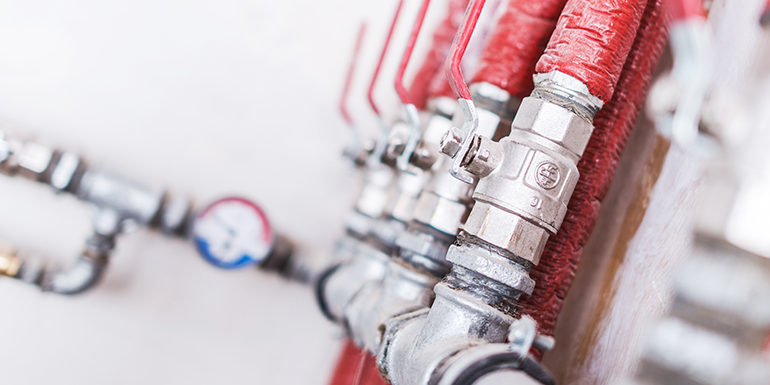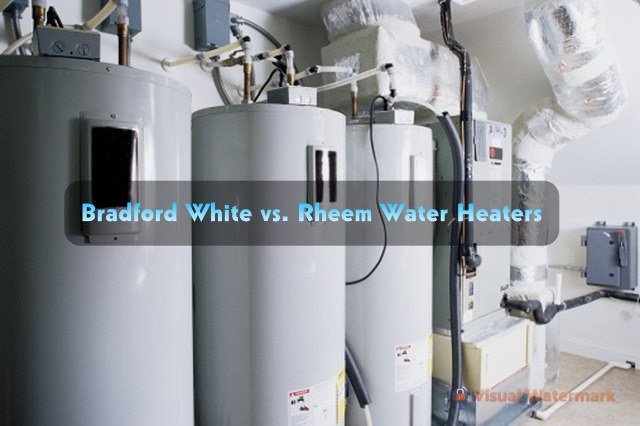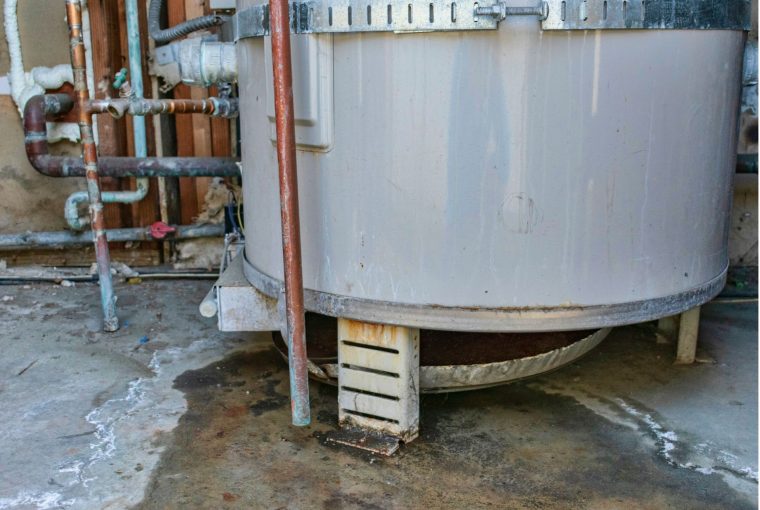We all love to have our basic life necessities speed up and perform optimally. Whether it’s up in the morning with our coffee being hot and ready as we wake up or the porch lights turning on automatically in the evening. Smart makes sense. As does having a hot water heater for your early morning showers and the like during cold winters. Having a nice refreshing hot bath when every fiber in your body is frozen from the cold outside is nothing short of blissful. But with every appliance, there’s always maintenance to be followed. Such is also the case for a hot water heater. These handy things sure do warm us up but they can have quite fatal troubles if not looked after properly. A major one of these is too much pressure in the hot water heater. Let’s discuss a few reasons why this happens in the first place.
How Much Pressure Can a Water Heater Take?
When a water heater is turned on, the water pressure in the tank will increase. This increase will be minimal, though. In some cases, it may exceed 150 PSI which is the maximum limit for a water heater. This is due to the fact that the water expands as it heats up. This expansion pushes the heated water back into the cold water supply. But there are several things that can cause the pressure to increase. One of these is a clogged temperature/pressure relief valve. This can damage the water heater’s tank or even cause it to explode.
Laws of Physics
When water is allowed to be heated, its molecules expand. When they expand inside a closed container, this naturally builds up pressure inside the heater’s walls because a portion of the water is being converted into gas. This is what is called thermal expansion. This can get quite dangerous because the expansion of anything inside a container that has limited capacity will lead to the container eventually deforming, or worse, bursting.
Consider the inner tube of a bicycle. The inner tube becomes tougher as the air pressure increases. Too much air within the inner tube will eventually cause it to explode. Most of the time, the water heater’s safety features will kick in to avoid any issues, but if they fail, the pressure in the tank might be high enough to cause serious structural damage to your house. In such a case, a hot water tank replacement may be urgently needed.
Incorrect Temperature Setting
One thing to keep in mind if you like steaming hot showers is that increasing the water heater’s temperature will cause greater pressure to build up in the tank. The minimum safe temperature for a hot water heater is 120 degrees Fahrenheit to prevent the spread of Legionnaire’s disease, which can prove fatal, but also, any setting beyond 130 degrees Fahrenheit may cause severe burns. To avoid an explosion, your water heater has built-in safety features. However, applying too much force to the heater can reduce its efficiency and limit its service life. There may also be a pool of water near your tank as a warning indicator that the pressure is too high.
Faulty Water Heater
Most water heaters consist of a pair of elements, one located at the top and one located at the bottom, to maximize efficiency. There is a thermostat for each heating element, and they all work in tandem with one another. If the temperature in the top thermostat rises to 180 degrees Fahrenheit, the high-limit switch will turn on. The water heater’s power supply will be cut off if the high-limit switch is activated.
Once this happens, power may be restored by pressing the reset button on the thermostat. The high-limit switch should not be tripped on a water heater more than once, at which point you should have it checked by a professional. To deliver some further insight as to why your water heater might trip, we have compiled the four most common reasons below:
- Defective wiring
- The thermostat not working properly
- Faulty reset button
- A heating element may be fried
Absence of an Expansion Tank
As we’ve discussed, the pressure within the tank and the pipes will rise as the water expands as it warms due to thermal expansion. The pressure within the tank may be reduced by using an extension tank to store the surplus water. Homes with a closed plumbing system need expansion tanks to prevent water damage. Water that has entered your home’s plumbing system can thus not return to the municipal water supply thanks to closed systems. Tank-style water heaters contain safety valves and vents to avoid dangerous pressure buildups. It is still possible for these safeguards to malfunction or be tampered with so keeping a regular check, especially during the winter months is highly advisable.
Temperature & Pressure Valves
All water heaters that store hot water in a tank are required to include a T&P valve or temperature and pressure release valve. A water heater’s vent pipe always extends down the side of the tank; thus, it will likely be situated on the side or top of your water heater. The T&P valve will release pressure if the tank’s internal temperature rises over 210 degrees Fahrenheit or the pressure rises above 150 psi. In response to a reduction in pressure, the valve will lock.
Water pooling around your tank indicates that the pressure within your tank was high enough to force open the T&P valve. If this keeps happening, it’s probably a good idea to get in touch with an expert to figure out if a hot water tank repair may be needed. To ensure that they are functioning correctly, T&P valves should be examined and tested regularly. Failure of the valve is possible due to sediment and limescale buildup. The valve might be flushed or it could be replaced.
Conclusion
The only real solution to avoiding too much pressure building up inside your hot water heater is to be cautious. Cautious of the inside temperature by the maintenance of the heater’s components. With regular checkups being performed each season by a licensed technician, we are positive that you won’t encounter any of the problems listed above. Remember, it’s better to be safe than sorry. Spend a little extra to have routine checkups done and keep you and your hot water heater safe from peril.



